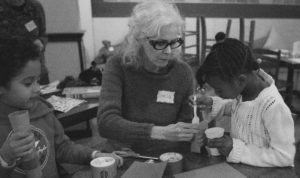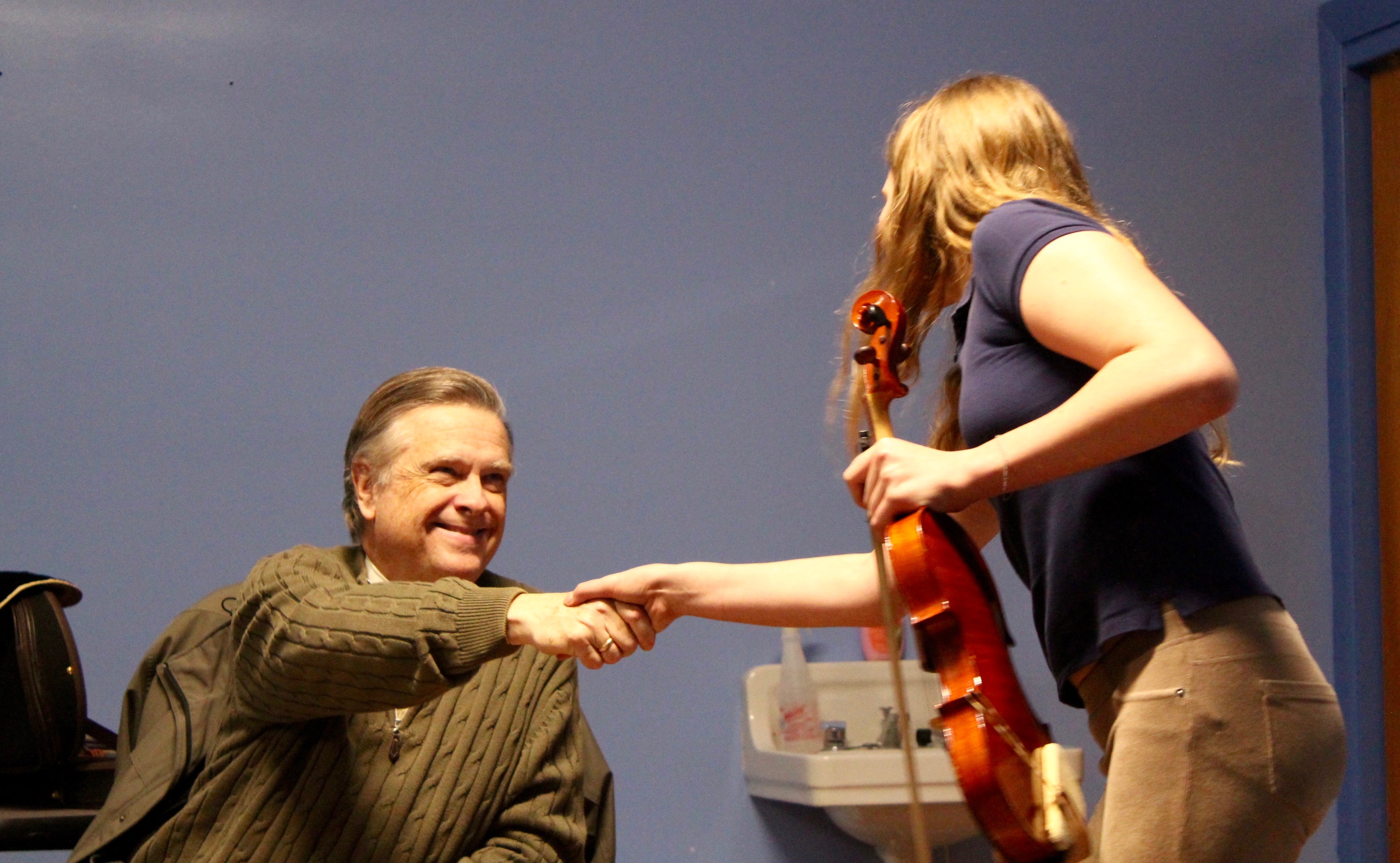I am honored to be a part of the US Department of Arts and Culture, an organization that in all its work practices the practice of social imagination–imagining the world as it could be otherwise.
[W]e as a nation must undergo a radical revolution of values. We must rapidly begin the shift from a “thing-oriented” society to a “person-oriented” society. When machines and computers, profit motives and property rights are considered more important than people, the giant triplets of racism, materialism, and militarism are incapable of being conquered.
Founder & Artistic Director








